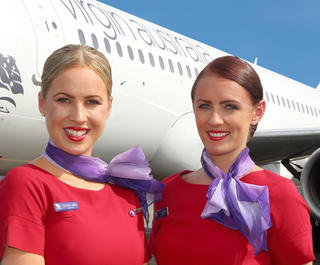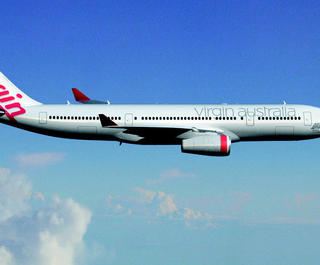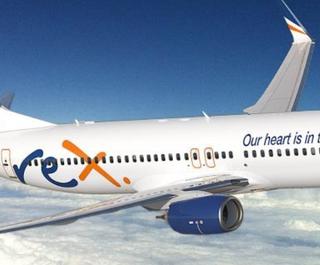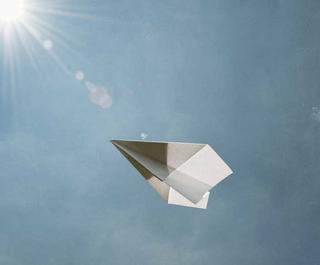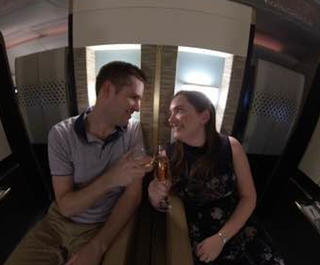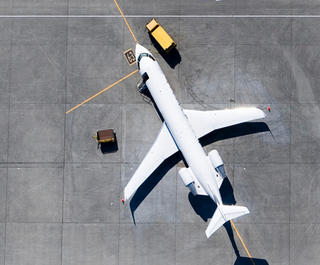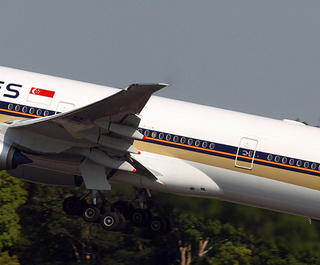
The Airbus A380, more than any other commercial airliner, exemplifies the dreams, ingenuity, long-range planning and advanced technologies that were required in the 20th Century to create the mass air transport of the 21st.
The result is a flying behemoth: the world’s biggest and first full-length commercial double-decker, capable of seating up to 853 passengers in an all-economy-class configuration.
Yet, rather than cramming in that many seats, airlines are taking advantage of the A380’s extra floor space (almost 50 per cent more than the Boeing B747) to offer a range of new business and first class accoutrements that have lifted the bar in air travel – seats that convert into flat beds, lounges and five-star food and beverage services.
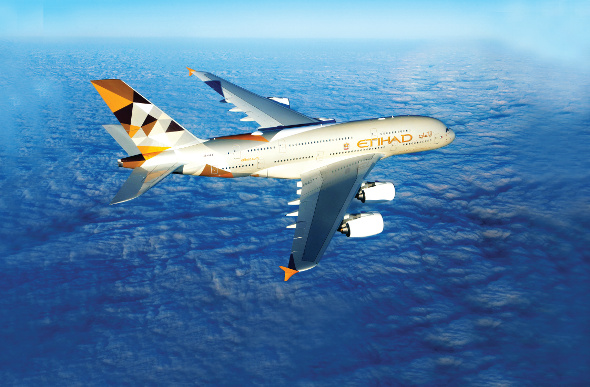 The A380, behemoth of the skies - Etihad Airways.
The A380, behemoth of the skies - Etihad Airways.
Travel Dreams Come To Life
One airline has embraced the A380 to take luxury travel to even greater heights. Etihad introduced aircraft configured to provide nine First Apartments and The Residence on the Abu Dhabi- London route in December.
The Residence is effectively a private VIP cabin consisting of three rooms (covering 11.6 square metres) fitted with a lounge, dining table with two chairs, double bed and private en suite shower with a four-minute flow of water. A Savoy-trained personal butler will attend to the passengers’ every need, while an in-flight chef will prepare selected gourmet meals.
Of course, such sumptuous extras come at a price. The opening one-way London-Abu Dhabi fare was around $25,000. The seeds for the A380 were planted in 1988 as the Europeans sought a counter to Boeing’s successful B747 while striving for an aircraft that would offer operational savings, environmental benefits and the greatest possible passenger comfort.
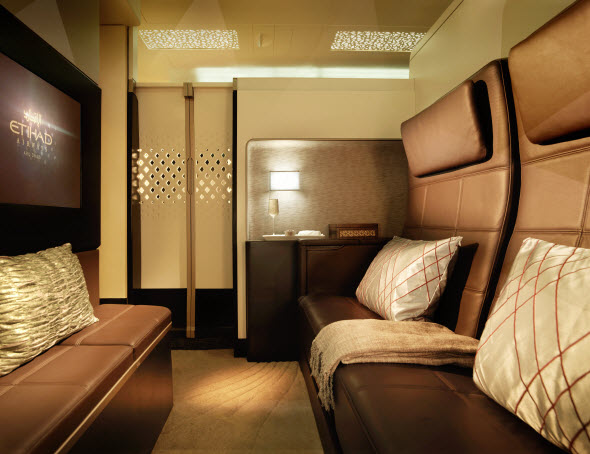 The Residence onboard Etihad Airways A380.
The Residence onboard Etihad Airways A380.
The aircraft that evolved from the dreams of conceptual designers in Airbus Industrie offices spread across France, Germany, Britain and Spain is made up of more than four million components from 1500 companies in 30 countries.
These parts, manufactured to exacting tolerances, mesh in one gigantic Meccanolike chain for final assembly in the idyllic southern French city of Toulouse. Each A380 that rolls out of the assembly hangar has a $US414.4 million price tag, although an order for several is reported to attract discounts of at least 15 per cent.
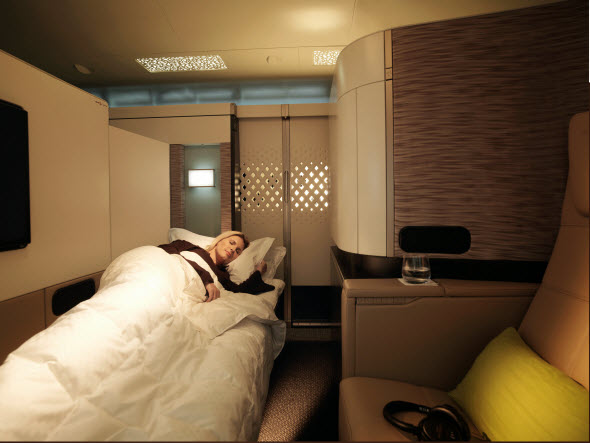 Etihad Airways game changing First Apartments.
Etihad Airways game changing First Apartments.
The first A380 prototype made its maiden flight from Toulouse on April 27, 2005, and entered revenue service with Singapore Airlines on the Singapore-Sydney route in October 2007. Today, the mega-jumbo is proving its worth on a daily basis on many of the world’s busiest air corridors.
It is estimated that an A380 is taking off or landing somewhere in the world every four minutes, a timeframe that will shrink as more enter service. By October last year, 144 of the 318 A380s on firm order had been delivered and were operating with 12 airlines.
Its sheer size means the A380 cannot simply start operating at any airport. Runways and taxiways have to be strengthened and passenger terminals recast. This includes expanding and reconfiguring aerobridges to serve the aircraft’s two decks simultaneously.
Sydney Airport, for example, had to invest $128 million to upgrade its facilities to accommodate the A380, which weighs about 580 tonnes when fully loaded. Think about 165 elephants.
Like any other complicated piece of machinery, the aircraft had to overcome teething problems before settling into a solid rhythm. Most importantly, it is accumulating growing numbers of appreciative travellers. To date, more than 65 million people have flown on an A380.
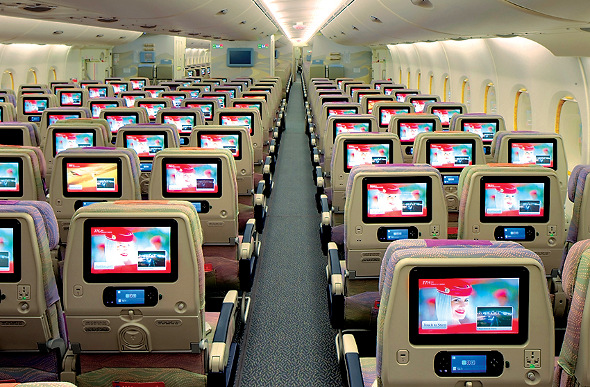 The A380 can seat more people than any other aircraft
The A380 can seat more people than any other aircraft
Which will you choose? Budget Vs Luxury: Which Airline Is Best For You?
Before the A380 was even a twinkle in the eye: Step Into The Aircraft Time Machine
A New Standard In Air Travel
If progress is viewed through the prism of technology, then it is safe to say that the A380 has raised the bar on air travel. Airbus began a study to challenge Boeing’s dominance of the wide-bodied long-haul market in 1988 and two years later announced a goal to create a huge aircraft that would offer 15 per cent lower operating costs than the original jumbo.
Development work proceeded until the program was formally launched as the A380 in December 2000, with firm orders from six customers for 50 aircraft. Early the following year the aircraft’s final configuration was agreed while costs, from development to point of completion of the first aircraft, blew out five-fold.
However, airlines operating the A380 are now reaping benefits on key high-density, long-haul routes. Some estimates suggest an increased yield of up to 30 per cent from the extra seats on board.
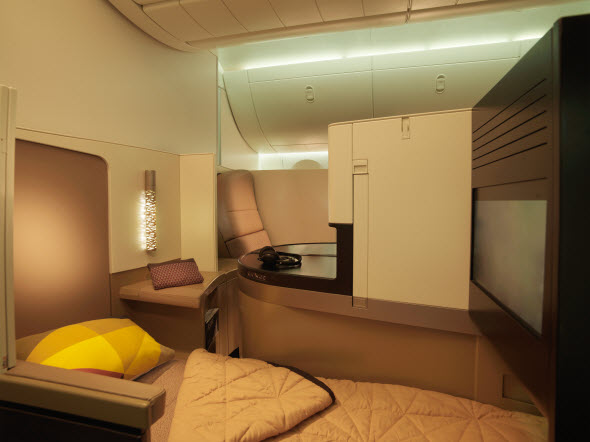 The extra space on the A380 grants business class passengers room for lie-flat beds
The extra space on the A380 grants business class passengers room for lie-flat beds
Another important factor contributing to the plane’s efficiency is weight saved by the use of new, high-strength composite materials such as Glare, a trademarked laminate that comprises alternate layers of glass fibre-reinforced adhesive and aluminium alloy. According to Airbus, the A380 is 15 tonnes lighter than if it had been built entirely of metal.
About 25 per cent of the structural weight of the wing, an advanced design, is composite material which affords it more flexibility. Sometimes the embracing of new materials can cause mild alarm. Attentive passengers looking out of the A380’s 220 windows need not worry when they see the wings flex by as much as four metres at take-off. That’s normal.
Passengers also benefit from advances in the cabin, such as optimum controls for airflow and ambient temperature. Subtle changes in cabin lighting are claimed to better reflect time zones, mitigating the effects of jet lag.
Air is changed throughout the vast two-level cabins every three minutes, while flight attendants can adjust the temperature between 18C and 30C. In environmentally aware times, the A380 is touted as a “good neighbour” or “friendly green giant”.
The efficiencies within the four massive engines, selected by individual airlines from Rolls-Royce (Trent 900) or Pratt & Whitney/General Electric’s Engine Alliance (GP7200), make it significantly quieter than other large commercial aircraft inside and out.
In the cockpit, meanwhile, pilots are supported by new technology that ranges from an advanced flight management system to larger (eight) interactive display panels and enhanced navigation aids.
Dubai-based Emirates is the largest single operator of the A380, with more than 50 in service. It has configured part of its top deck with two showers at the front of the first-class section, along with a stand-alone bar for first and business class passengers.
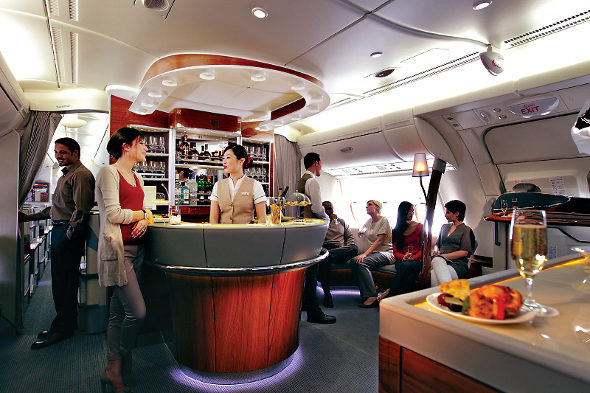 A specially created lounge for first and business class travellers on Emirates' A380
A specially created lounge for first and business class travellers on Emirates' A380
Qantas, the third carrier to introduce the A380, has configured its cabins with 14 first-class seats that convert to flat beds, along with 64 business, 35 premium and 371 economy seats.
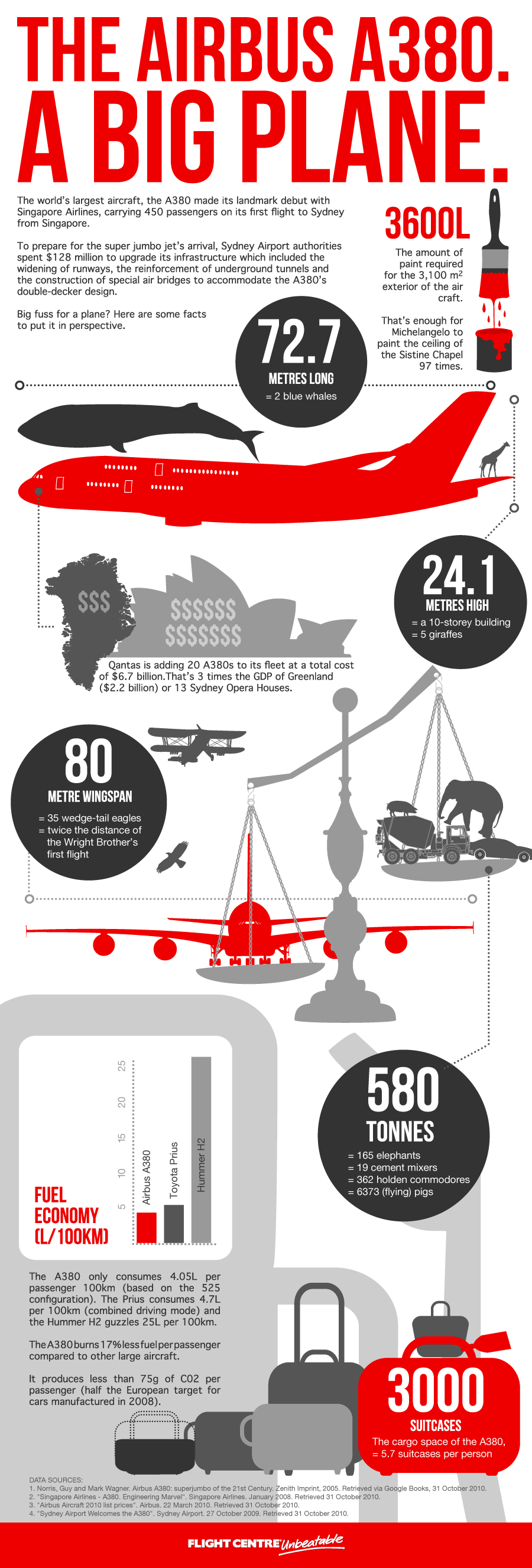 A380 infographic.
A380 infographic.
.........................................................................................................................................................
Visit your local Flight Centre store or call 131 600 for more travel advice and the latest travel deals.
.........................................................................................................................................................


